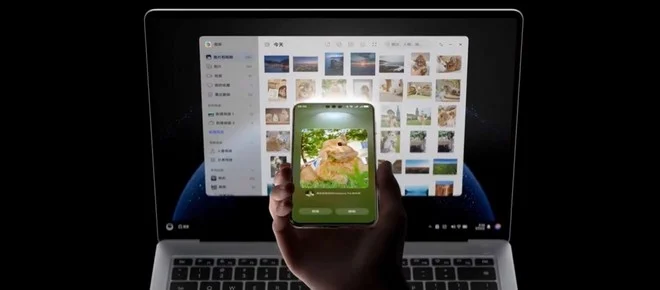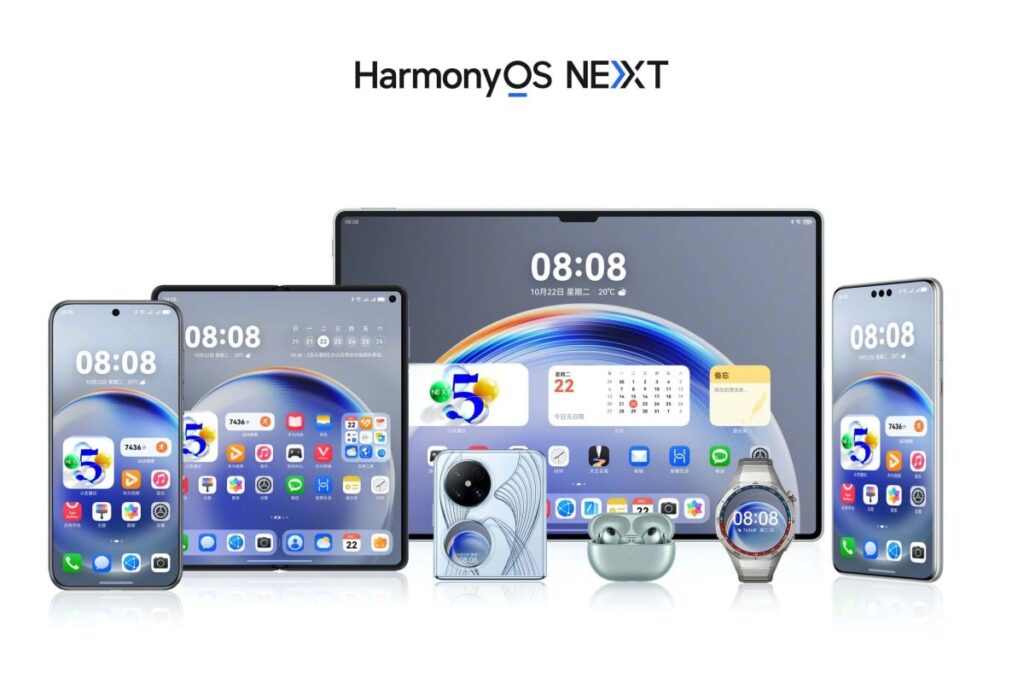For over a decade, the smartphone world has been a two-party system: Google's Android and Apple's iOS. Many have tried to build a third pillar, and all have failed. Now, under immense pressure and driven by sheer engineering will, Huawei is launching what might be the first truly viable new competitor in years: HarmonyOS NEXT.
This isn't just another version of the HarmonyOS we've seen before. This is the big one. Drawing on information from Huawei's recent Developer Conference, we're diving deep into this ambitious new operating system. It's a ground-up effort that completely severs ties with Android, and it could be the start of a new chapter in mobile technology.
What is HarmonyOS NEXT & Why It's a Huge Deal
To understand the significance of HarmonyOS NEXT, you need to understand its history. Previous versions of HarmonyOS were clever, but they still used parts of the Android Open Source Project (AOSP) to ensure app compatibility. They were a bridge, not a destination.
HarmonyOS NEXT dynamites that bridge.
It completely removes the Android kernel and its libraries. In their place is Huawei's own, self-developed Hongmeng kernel. This is a monumental undertaking. It means HarmonyOS NEXT is a “pure” operating system, no longer an Android derivative.
Why does this matter?
- Performance: By controlling the entire stack from the kernel up, Huawei claims a significant boost in performance and efficiency.
- Security: A proprietary kernel, built with a new architecture, allows Huawei to implement security protocols that are fundamentally different from Android's.
- Independence: This move makes Huawei technologically self-sufficient in the OS space, a crucial goal for the company.
The Killer Features: A Tour of HarmonyOS NEXT
So, what can this new OS actually do? The features showcased are focused on two key areas: on-device AI and a deeply integrated ecosystem.
1. Harmony Intelligence (HI)
This is Huawei's answer to Apple Intelligence and Google's Gemini. It's an on-device AI suite powered by their “Pan Gu” large language model. It brings powerful features like:
- AI Image Generation: Create images from text prompts or doodles.
- Advanced Photo Editing: An “AI Sound Retouching” feature can remove distracting background noise from a photo after it's been taken by analyzing the visual elements.
- Screen Recognition: The AI assistant, “Xiaoyi,” can analyze anything on your screen. You can drag text or an image to a sidebar, and the AI will understand the context to provide information or services.
2. A New UI in Motion
The user interface has been redesigned to be more fluid and intuitive, with new physics-based animations that make interactions feel more natural. A new “Live Window” feature, similar to Apple's Dynamic Island, shows live information from background apps in a floating pill or bubble, accessible from anywhere in the OS.
3. The Seamless Ecosystem
This is where HarmonyOS NEXT aims to leapfrog the competition. The “Super Device” feature has been enhanced, allowing for an unprecedented level of integration between your Huawei phone, tablet, PC, and even your car. Users can:
- Drag and drop content seamlessly between devices.
- Continue tasks effortlessly. Start editing a document on your phone and pick it up instantly on your tablet.
- Share hardware. Use your phone's powerful camera as the webcam for your PC with a simple drag-and-drop gesture.

The Billion-Dollar Question: What About the Apps?
Here we come to the most critical part of the story. Because HarmonyOS NEXT has no Android code, it cannot run Android apps (.apk files).
This is a massive, calculated risk. The success of the OS outside of China rests entirely on Huawei's ability to convince developers to rebuild their apps natively for the HarmonyOS platform and publish them on Huawei's AppGallery. While thousands of apps are already being developed in China, the challenge is to get global developers like WhatsApp, Instagram, and major banking apps on board. Without them, the OS is a non-starter for most international users.
HarmonyOS NEXT is, without a doubt, a monumental technological achievement. Building a complete, modern operating system from the kernel up is something few companies in the world could even attempt. The seamless ecosystem features and on-device AI shown by Huawei are genuinely impressive and, in some cases, more fluid than what Apple and Google are currently offering.
However, the reality of the app ecosystem cannot be ignored. For users in markets like Angola, Europe, or the Americas, a smartphone without easy access to the core Google services and the wider Android app library is an incredibly tough sell, no matter how good the underlying OS is.
HarmonyOS NEXT is a powerful vision of a technologically independent future. It solidifies Huawei as a true OS-level player and makes the global tech landscape far more interesting. While it may not conquer the world tomorrow, it proves that the OS duopoly is no longer unchallengeable.



